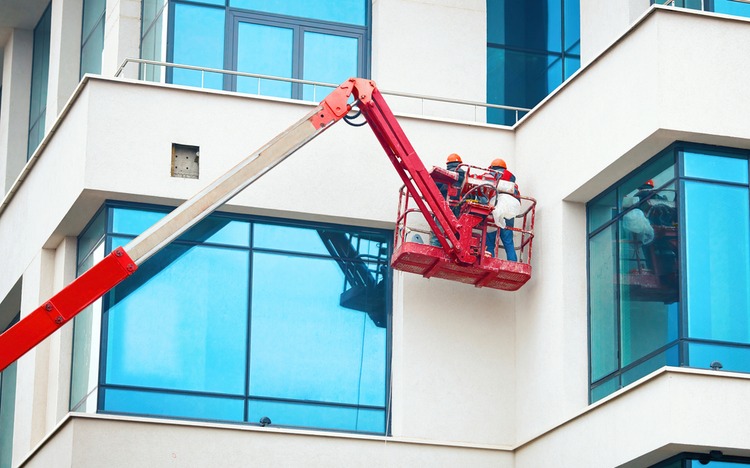Mitigating Losses: Policies for Structural and Equipment Damage
This article outlines how property insurance for structures and equipment can reduce financial impact after damage. It covers common perils, valuation methods, claims handling, and compliance considerations to help organizations assess risk and coverage options.

Organizations that own physical assets and property face ongoing exposure to damage from accidents, weather, mechanical failure, or third-party actions. Effective policies for structural and equipment damage aim to limit financial loss by defining what perils are covered, how losses are valued, and how repairs or replacement will be handled. Understanding policy terms, underwriting criteria, and the interaction between deductible and premium can help risk managers and property owners keep operations resilient while meeting regulatory and contractual compliance requirements.
How does coverage address structural assets and property?
Coverage for buildings and related structures typically defines which parts of a property are insured — from foundations and walls to installed systems and fixed equipment. Policies will specify covered perils and exclusions, whether coverage is on an actual cash value or replacement cost basis, and how policy limits apply to combined or separate structures. When evaluating coverage, consider the scope of property included, whether off-site equipment is protected, and any sublimits for specific asset classes. Clear descriptions in the policy reduce disputes during claims and help ensure valuation aligns with the organization’s asset register.
What risks and perils are commonly included?
Common perils include fire, storm, flood (when specifically endorsed), theft, vandalism, and accidental damage from on-site operations. Risk assessment should identify probable perils for the locale and the probability of concurrent events that could amplify loss. Underwriting will often require mitigation measures — such as sprinkler systems, security, or maintenance programs — to address specific risks. Exclusions and endorsements can materially change coverage for certain perils, so owners must confirm what is treated as a covered peril versus an excluded one to avoid gaps when loss occurs.
How do valuation, repair, and replacement work?
Valuation methods determine payment after a loss and influence whether repair or replacement is preferred. Replacement cost coverage pays to rebuild or replace assets without depreciation, while actual cash value subtracts for wear and age. Some policies offer agreed value for specialized equipment where valuation is pre-negotiated. Repair provisions may prioritize restoring to pre-loss condition, whereas replacement clauses specify acceptable substitutes. Documenting asset valuation, maintenance history, and spare-part inventories supports faster settlement and ensures repair decisions are aligned with policy language and operational needs.
How are claims, deductibles, and premiums handled?
Claims handling begins with timely notification, documentation of the loss, and mitigation of further damage. Deductible levels influence the insured’s out-of-pocket exposure and typically correlate with premium pricing: higher deductibles usually reduce premiums, while lower deductibles increase them. Premiums are set through underwriting, which evaluates asset values, location risk, loss history, and protective controls. Insurers may apply co-insurance clauses or require periodic valuations; understanding these elements helps organizations budget for both recurring premium costs and potential claim-related expenses.
What role do underwriting, liability, and compliance play?
Underwriting evaluates risk to determine terms, limits, and pricing. It considers factors such as occupancy, construction type, maintenance programs, and historical claims. Liability features may be included or provided by separate policies to address third-party claims arising from property damage or equipment failure. Regulatory compliance and contractual obligations often impose minimum coverage levels or specific endorsements; failing to meet these can affect recovery or trigger penalties. Maintaining up-to-date documentation and adherence to required safety standards supports favorable underwriting outcomes and smoother claims processing.
What practical strategies reduce loss and speed recovery?
Proactive loss control includes regular maintenance, inventorying critical spare parts, conducting risk assessments, and implementing emergency response plans. Investing in preventive measures — such as corrosion control for equipment, redundant systems for critical infrastructure, and improved drainage for buildings — reduces both the frequency and severity of losses. Clear repair procedures and vendor relationships speed replacement timelines, preserving operations. Integrating valuation updates and periodic reviews of policy terms ensures coverage remains aligned with changing asset values and emerging perils.
In summary, policies for structural and equipment damage are tools to transfer and manage financial exposure tied to physical assets. Clear definitions of covered perils, robust valuation approaches, attentive underwriting, and documented risk control measures all contribute to predictable outcomes when loss occurs. Well-structured coverage combined with proactive asset management reduces uncertainty and supports quicker recovery without compromising compliance or operational continuity.





